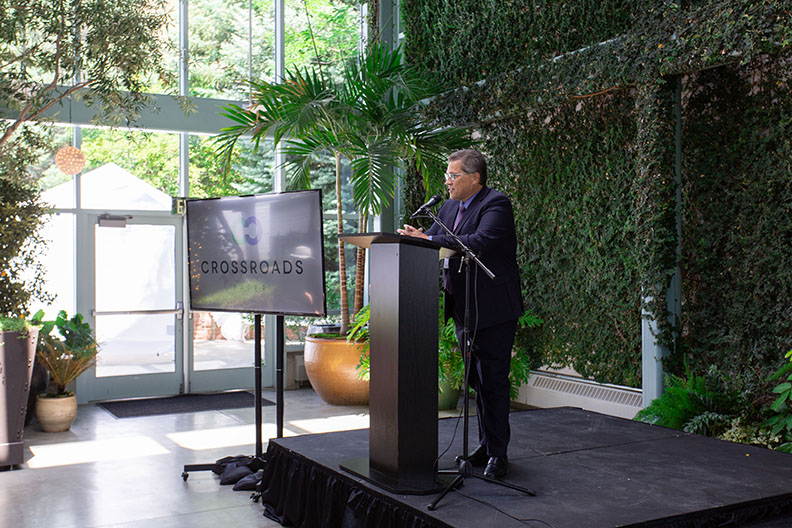
A new guide helps public agencies and private MRF operators craft contract language both sides find fair. | fizkes/Shutterstock
A MRF and municipality may feel their contract is fair, until a dive in commodity prices or spike in contamination leaves someone unhappy. A new report from The Recycling Partnership strives to help the parties prepare for difficult circumstances.
Continue Reading






 A handful of industry groups and plastics producers are teaming up on a 60-day effort to try to capture a wider variety of materials from the flow of curbside recyclables in Portland, Ore.
A handful of industry groups and plastics producers are teaming up on a 60-day effort to try to capture a wider variety of materials from the flow of curbside recyclables in Portland, Ore.


